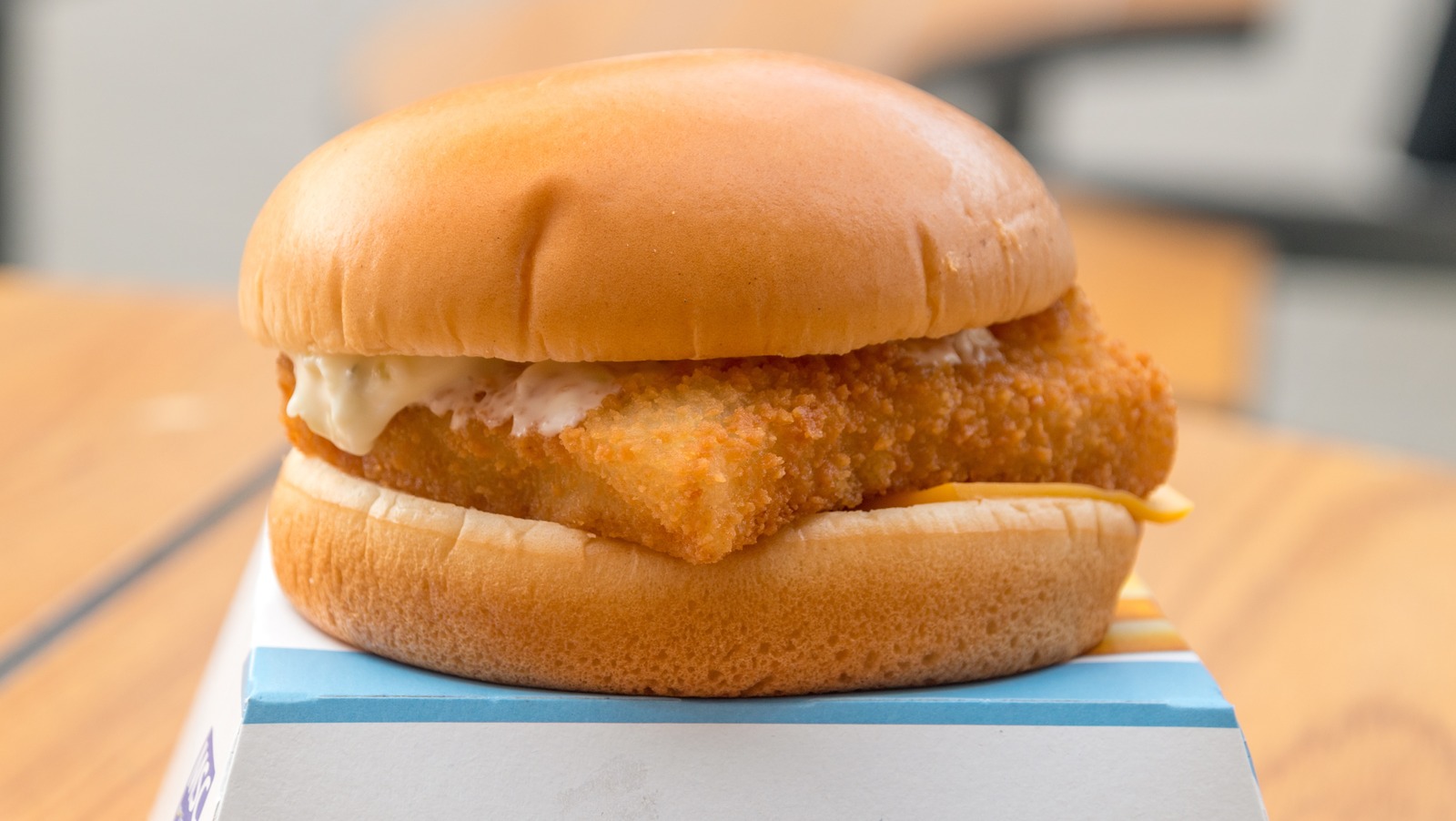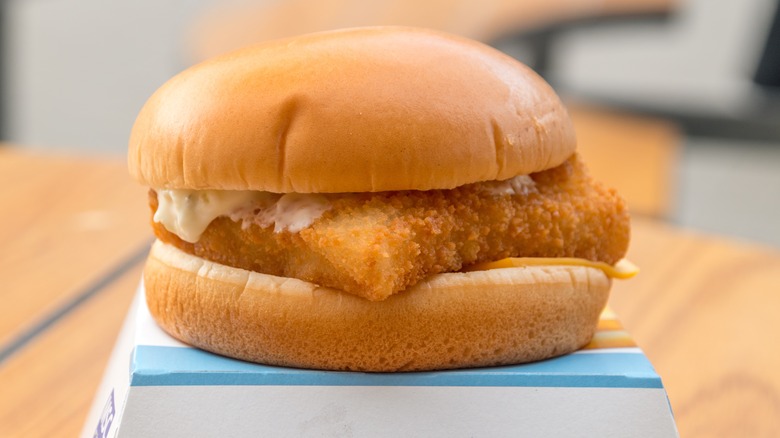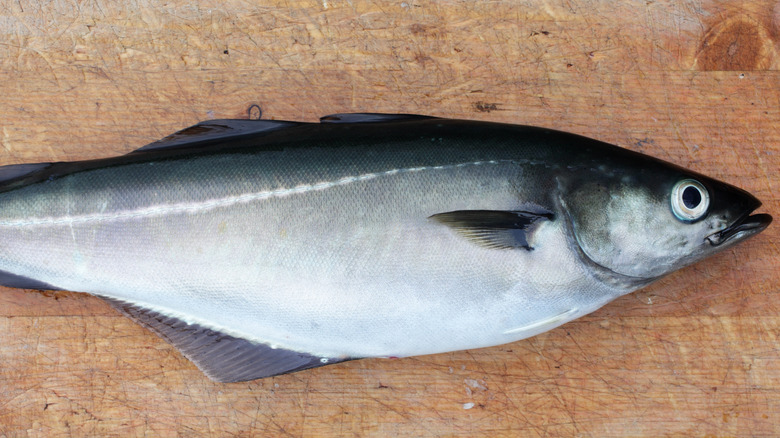Originally created to cater to Catholics observing meatless Fridays, McDonald’s Filet-O-Fish has developed a loyal following. Have you ever considered what fish is actually used in this sandwich? According to McDonald’s official website, the Filet-O-Fish is made with Alaskan pollock. Specifically, it’s wild-caught Alaskan pollock sourced from sustainable fisheries.
However, the Filet-O-Fish hasn’t always featured pollock. When it first launched in 1962, it was made with halibut. The recipe then transitioned to New Zealand hoki fish, also used by other chains like Long John Silver’s, but this changed due to overfishing and a decreasing population, prompting McDonald’s to revise its recipe.
In 2024, numerous changes have taken place at McDonald’s, including a shift toward more sustainable business practices. This encompasses reducing virgin, fossil fuel-based plastic in Happy Meal toys by 47.8%, setting goals for beef sustainability, and exclusively using Marine Stewardship Council-certified sustainable fish. While sourcing sustainable fish can sometimes be challenging, it becomes a bit easier when large chains like McDonald’s procure their seafood from eco-certified suppliers.
Alaskan pollock is both sustainable and has a mild flavor, making it an excellent seafood choice.
McDonald’s chooses to use Alaskan pollock for two key reasons: supply and sustainability. With over 14,000 locations in the U.S., the fast-food giant requires a significant fish supply, and Alaskan pollock has a naturally fast-growing population that is carefully managed. Its mild flavor also allows for versatile pairing with various ingredients, broadening its appeal.
New Zealand hoki was once part of the Filet-O-Fish recipe until the New Zealand government reduced the allowable catch quota in the 2000s due to declining numbers. Most fish purchased by McDonald’s from fisheries are independently certified by the Marine Stewardship Council, which limits the available sources for their seafood.
These same factors lead many fast-food establishments in the U.S. to use Alaskan pollock. If you’re seeking a non-pollock option, you’ll likely have to prepare your own fried fish sandwich.
However, it’s worth noting that the Filet-O-Fish may not always rely on Alaskan pollock. In 2022, McDonald’s Director of Sourcing Jason Cervone mentioned at the annual meeting of Genuine Alaska Pollock Producers that the brand was encountering more challenges with their fish supply (according to IntraFish). The restaurant chain has previously demonstrated a willingness to adjust the Filet-O-Fish recipe in response to supply challenges.
Exploring the global variations of the iconic Filet-O-Fish sandwich in different cultures and cuisines.
It’s no surprise that McDonald’s branches worldwide source their fish differently based on local prices, tastes, availability, and sustainability priorities. Given Canada’s closeness to the U.S., they use the same wild-caught Alaskan pollock in their Filet-O-Fish, as does Singapore. In Australia, the sandwich is made from both pollock and hoki, while in New Zealand it predominantly features hoki.
The variations don’t end with the source of the fish; the preparation and presentation can also differ by country. In Canada, Singapore, and Austria, customers can enjoy the Double Filet-O-Fish, which includes an additional portion. Some European nations have replaced the Filet-O-Fish with the McFish, which swaps out tartare sauce and cheese for ketchup. In Chinese McDonald’s, patrons can find a double-decker deep-sea cod burger, and in Indonesia, the fish filet burger features sustainably farmed Tilapia. Additionally, Singapore’s McDonald’s offers a Black Pepper Cheese Filet-O-Fish that comes with black pepper cheese sauce and lettuce.




